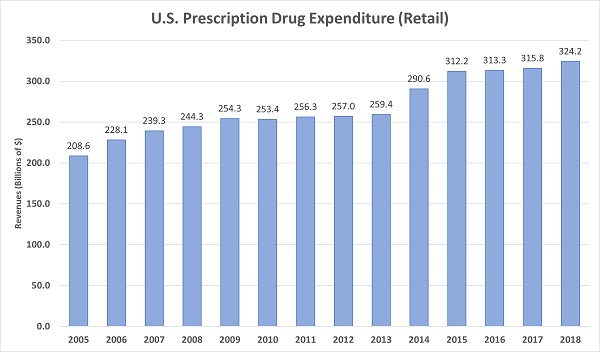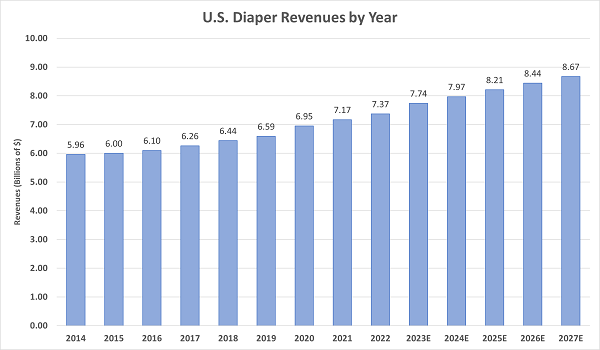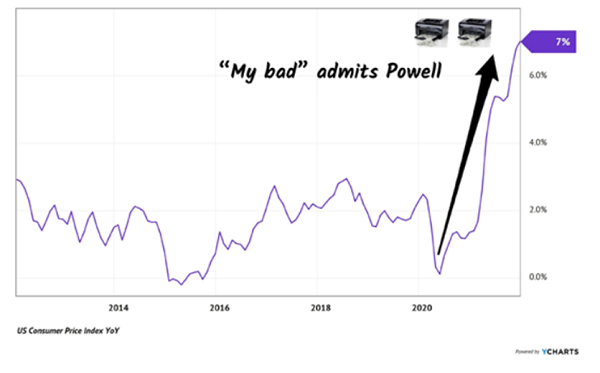Worried that the Federal Reserve is driving our economy off a cliff?
I’ve got two words for you:
Drugs ‘n diapers.
Actually, I forgot one. Dividends.
These companies are about as recession-resistant as they come. Let’s start with drugs because, well, it’s always a bull market on prescription spend in America:

Source: Centers for Medicare and Medicaid Services
While some of us are popping pills, others are changing diapers. (Or using them—we don’t judge!)
Without naming names we can see that someone is making consistent deposits. The trajectory of diaper spend is a one-way trade, too:

Data source: Statista Market Insights
Let’s start on the changing table with a 2.5% payer and work our way up.… Read more


Recent Comments